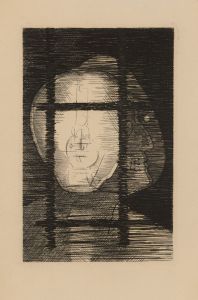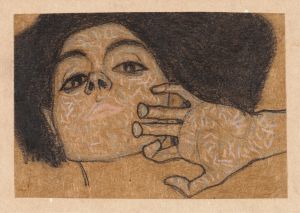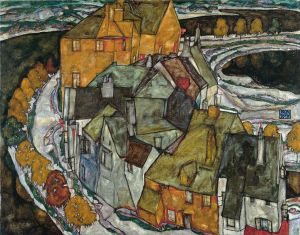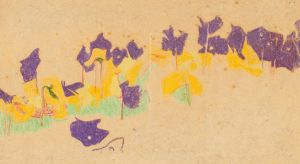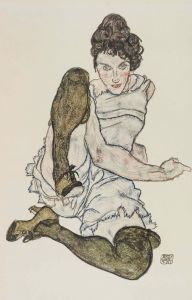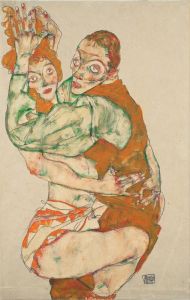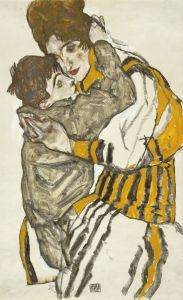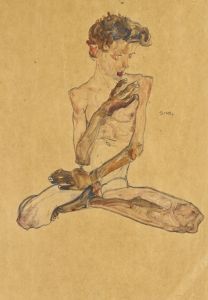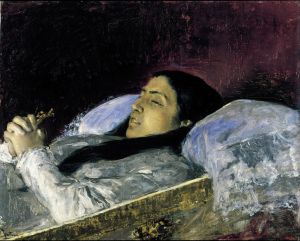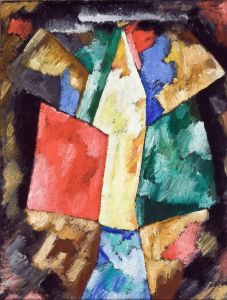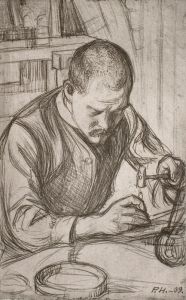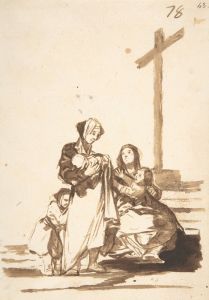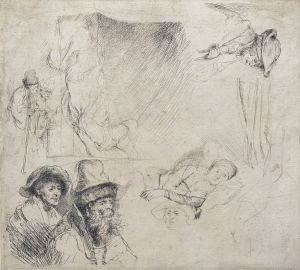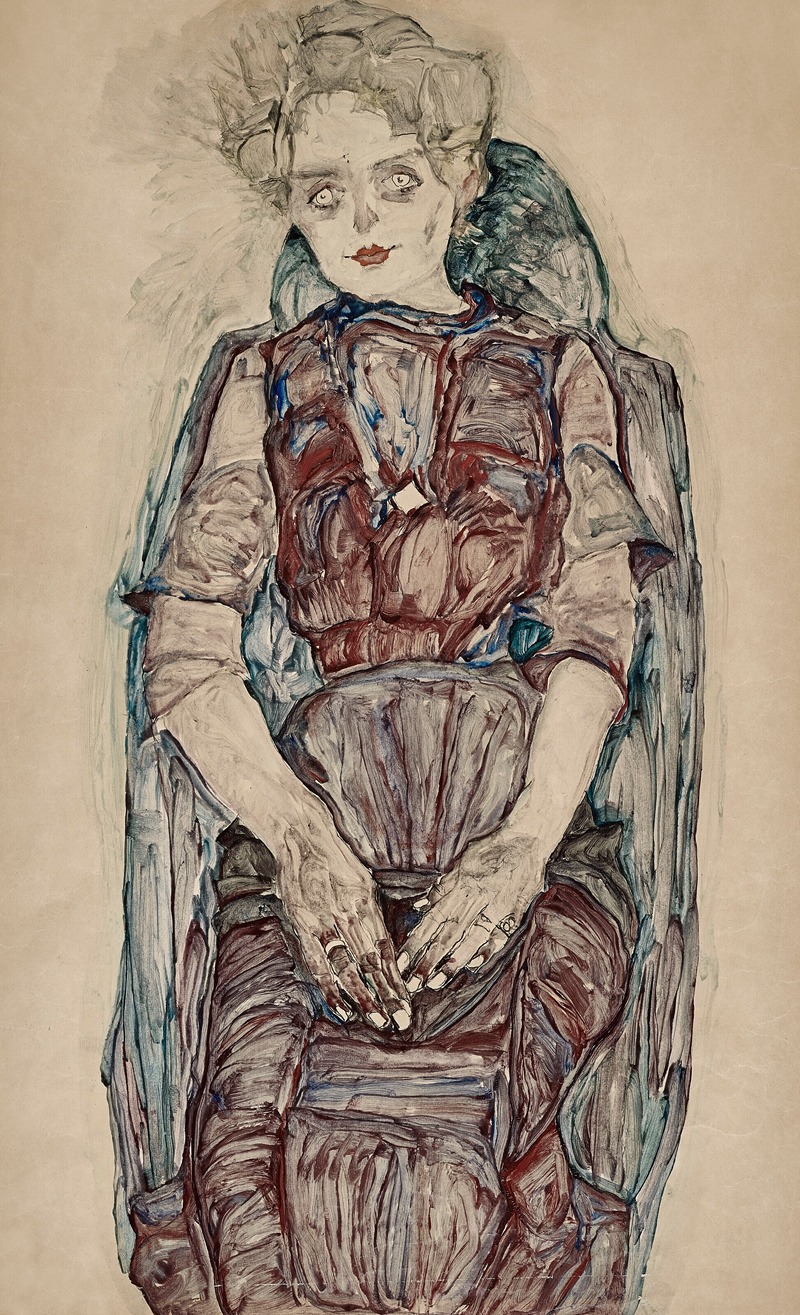
Sitzende Frau
A hand-painted replica of Egon Schiele’s masterpiece Sitzende Frau, meticulously crafted by professional artists to capture the true essence of the original. Each piece is created with museum-quality canvas and rare mineral pigments, carefully painted by experienced artists with delicate brushstrokes and rich, layered colors to perfectly recreate the texture of the original artwork. Unlike machine-printed reproductions, this hand-painted version brings the painting to life, infused with the artist’s emotions and skill in every stroke. Whether for personal collection or home decoration, it instantly elevates the artistic atmosphere of any space.
Egon Schiele, an Austrian painter known for his distinctive style and contribution to early 20th-century art, created "Sitzende Frau" (Seated Woman) in 1917. This artwork is a compelling example of Schiele's exploration of the human form and his ability to convey deep emotion and psychological complexity through his subjects.
"Sitzende Frau" is a portrait that exemplifies Schiele's characteristic approach to figure painting. The subject is a woman seated in a contemplative pose, rendered with Schiele's typical use of bold lines and expressive, almost exaggerated features. The painting reflects Schiele's interest in capturing the inner life of his subjects, often revealing a sense of vulnerability and introspection.
Schiele's work is often associated with the Expressionist movement, which sought to convey emotional experience rather than physical reality. In "Sitzende Frau," this is evident in the way Schiele uses color and form to create a sense of tension and intensity. The palette is typically muted, with earthy tones that highlight the starkness of the figure against the background. This use of color, combined with the angularity of the lines, contributes to the emotional impact of the piece.
The period during which Schiele created "Sitzende Frau" was marked by significant personal and professional developments. By 1917, Schiele had established himself as a prominent figure in the Viennese art scene, gaining recognition for his unique style and provocative subject matter. This was also a time of personal stability for Schiele, as he had married Edith Harms in 1915, and his work began to reflect a more mature and refined approach.
"Sitzende Frau" is part of a broader body of work in which Schiele focused on the human figure, often exploring themes of identity, sexuality, and existential angst. His portraits, including "Sitzende Frau," are noted for their psychological depth and the way they challenge traditional notions of beauty and representation. Schiele's ability to capture the complexity of human emotion and his innovative use of line and color have cemented his place as a key figure in modern art.
Egon Schiele's influence extends beyond his lifetime, as his work continues to be studied and appreciated for its boldness and emotional resonance. "Sitzende Frau" remains a significant example of his artistic legacy, illustrating his mastery of portraiture and his contribution to the Expressionist movement. The painting is housed in various private collections and museums, where it continues to captivate audiences with its striking portrayal of the human condition.
In summary, "Sitzende Frau" by Egon Schiele is a testament to the artist's skill in depicting the complexities of human emotion through his distinctive style. The painting is a reflection of Schiele's broader artistic themes and his enduring impact on the world of art.





